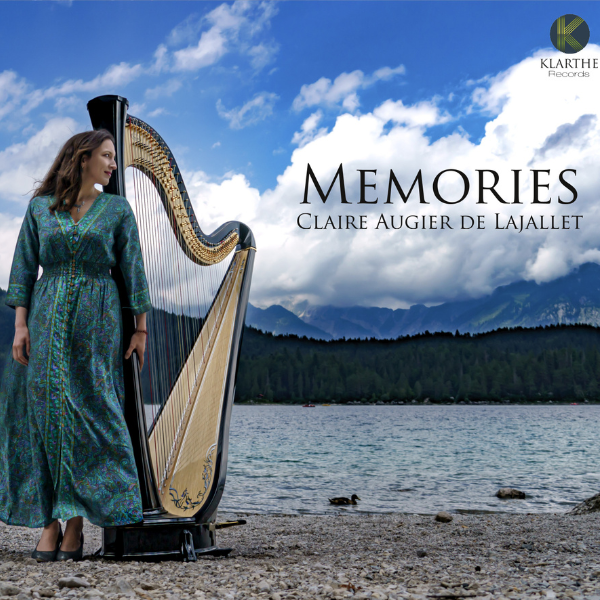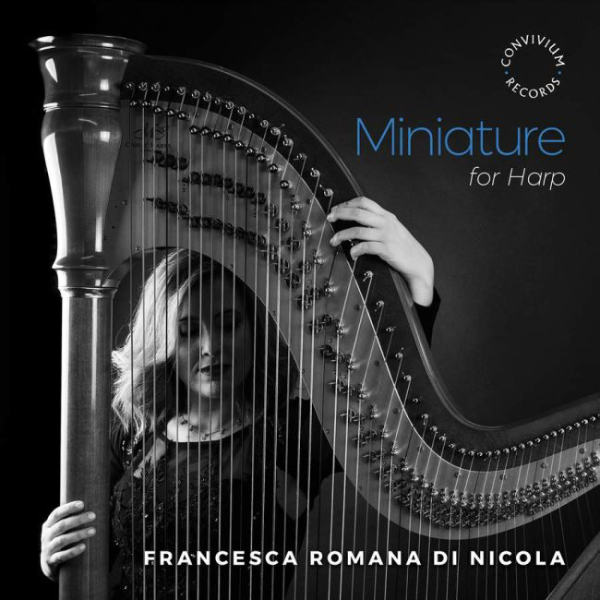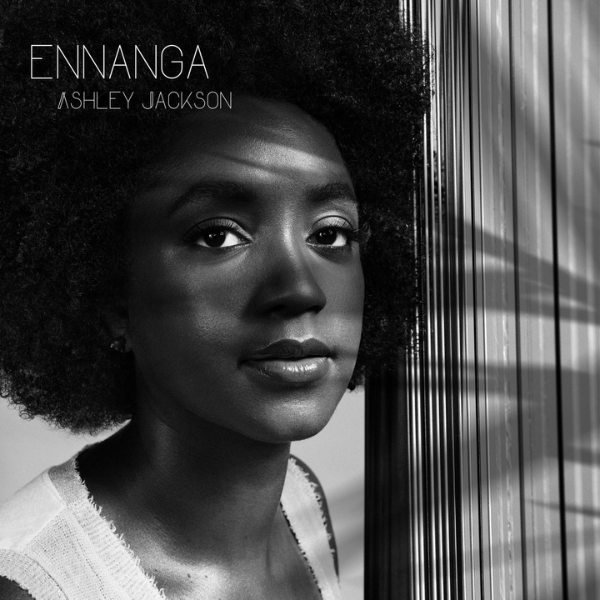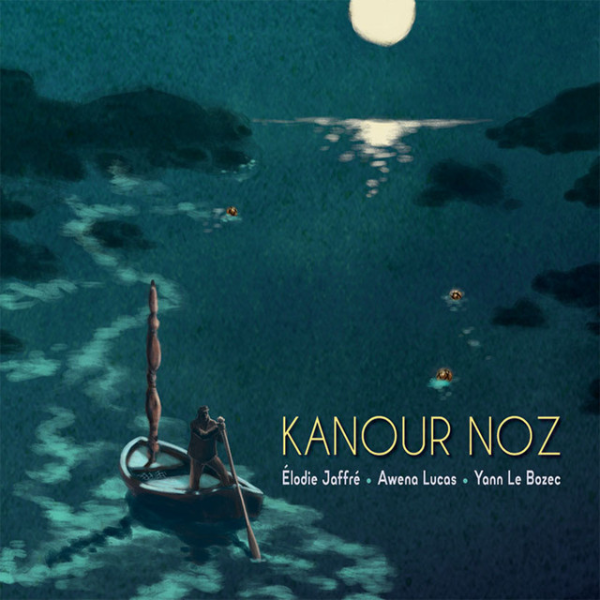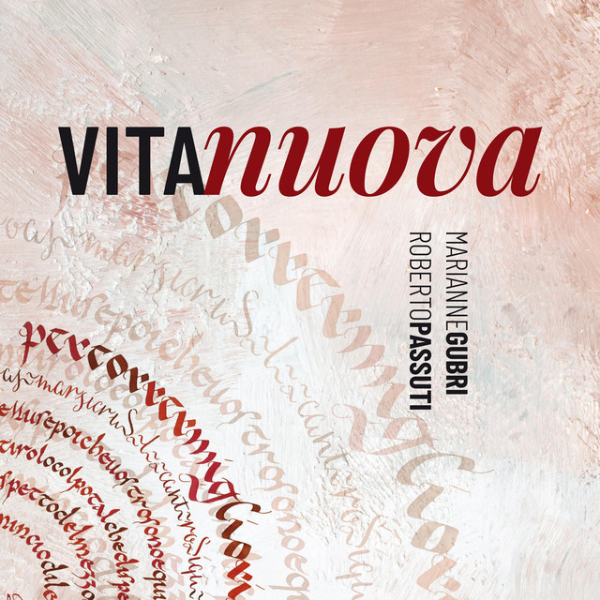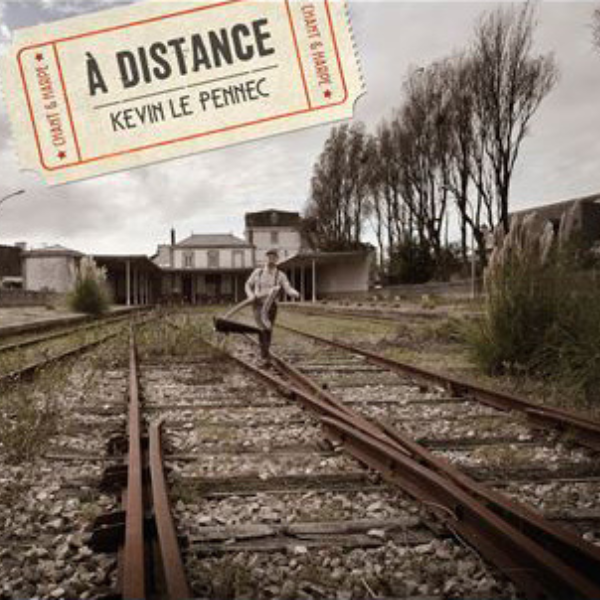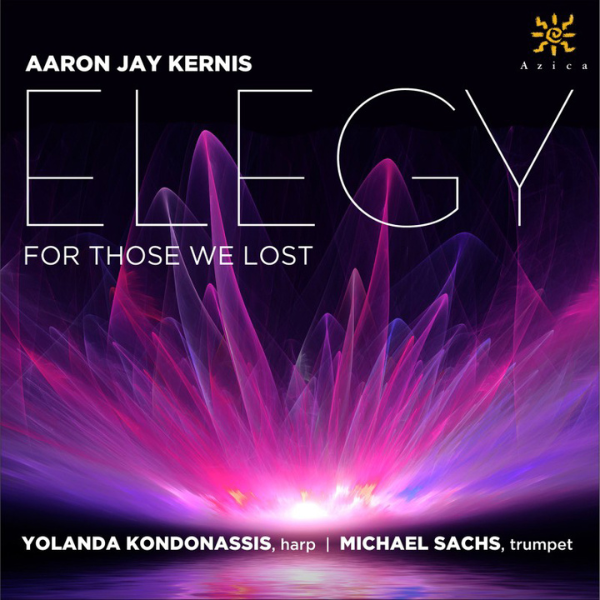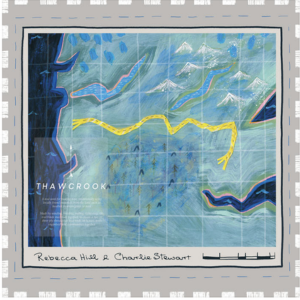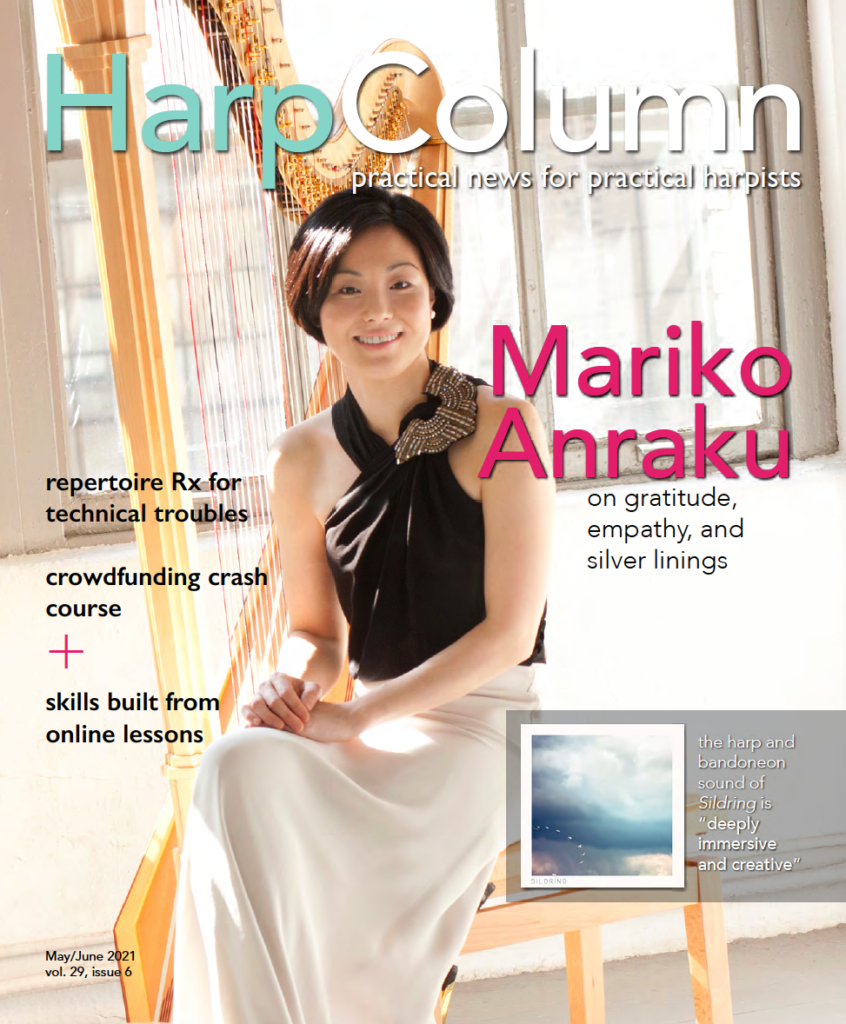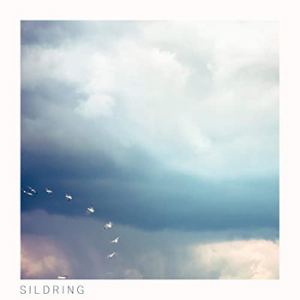
8/10
Julie Rokseth, harp, and Andreas Rokseth, bandoneon. PSYMPHA Records, 2021.
Over the past year, I’ve reviewed several albums with unique combinations of instruments. Two that come to mind that were eye—or shall I say ear-opening—featured harp and trombone and harp and saxophone. [Ed.—see Alison Young’s review of Launch and The Bounds of Spring in the May/June 2020 issue of Harp Column.]
The latest CD by Norwegian artists, harpist Julie Rokseth and her brother bandoneonist Andreas Rokseth, is no exception. Some readers will be familiar with their debut project, With the Sky in our Hands (reviewed in the May/June 2019 issue of Harp Column), where Ms. Rokseth joined the world of tango as less a “tourist” and more a full participant. The duo’s new album answers the question, “What next?” This time, it’s the siblings’ original compositions that bring the signature plaintive quality of Argentina home. They also introduce our ears to a glorious new soundscape that is at once wistful, contemplative, and gritty, but quickly followed by a kind of majestic and joy-infused hopefulness.
Sildring’s ambition, we’re told, is to explore the deep emotions that many of us try to suppress or ignore so we can go on living. In this case, the emotions are grief after losing loved ones to the sea. Not only is this a shared loss throughout Norwegian fishing towns, but also close to the hearts of the Rokseth family. In fact, the larger goal of the project is to honor the coastal villages in danger of losing more than just souls, they’re also losing their unique character due to the influx of moneyed outsiders.
Sildring is the first in a three-album series called ENE, an archaic Norwegian word that means to unite but also ironically, can mean alone. A brief poem told from the perspective of those left behind captures this dichotomy perfectly.
No windows face the sea.
Yearning for the return and dreading an ill wind.
She gathers her little ones to search
The same horizon as her seafarer
Who is longing for home
And the sea is treacherous.
The album begins with a gentle rocking rhythm in the harp. Is that the clock ticking or someone rocking a child to sleep? Or is it the erratic pacing and wringing of one’s hands? Maybe it’s just the racing of one’s heart? Like a boat lost in massive waves in a massive ocean, the soft, tearful wailing of the bandoneon seems to be searching for home or, at the very least, respite.
There’s an improvisatory quality to the music even though the duo is masterfully exacting in both ensemble and expressive direction. This may be because the bandoneon possesses a magical quality of breathing like a human being, yet never needing to take a breath. Meanwhile, each of the harp notes decays as if its life’s sustenance comes from moving on and touching the next string to keep singing.
Adding to the ethereal and haunting quality is the use of electronic sound, including the ocean, which Rokseth enhances with extended techniques, leaving an impression of being in an underwater world. Union does seem to occur at least on a spiritual plane, as broken arpeggios invite rapturous singing from the bandoneon à la Bach/Gounod or even a Norwegian halling folk dance. It’s cathartic for us to imagine what might be, even if it’s simply in living through memories of happier times embodied in a dreamlike and prayerful plea to return the boats safely home.
Though it is deeply creative and immersive, I sometimes found the CD a bit repetitive in key and tune, though perhaps the mood bears repeating, and since the colors are so uncommon and extraordinary, we need our souls to be immersed in them.






